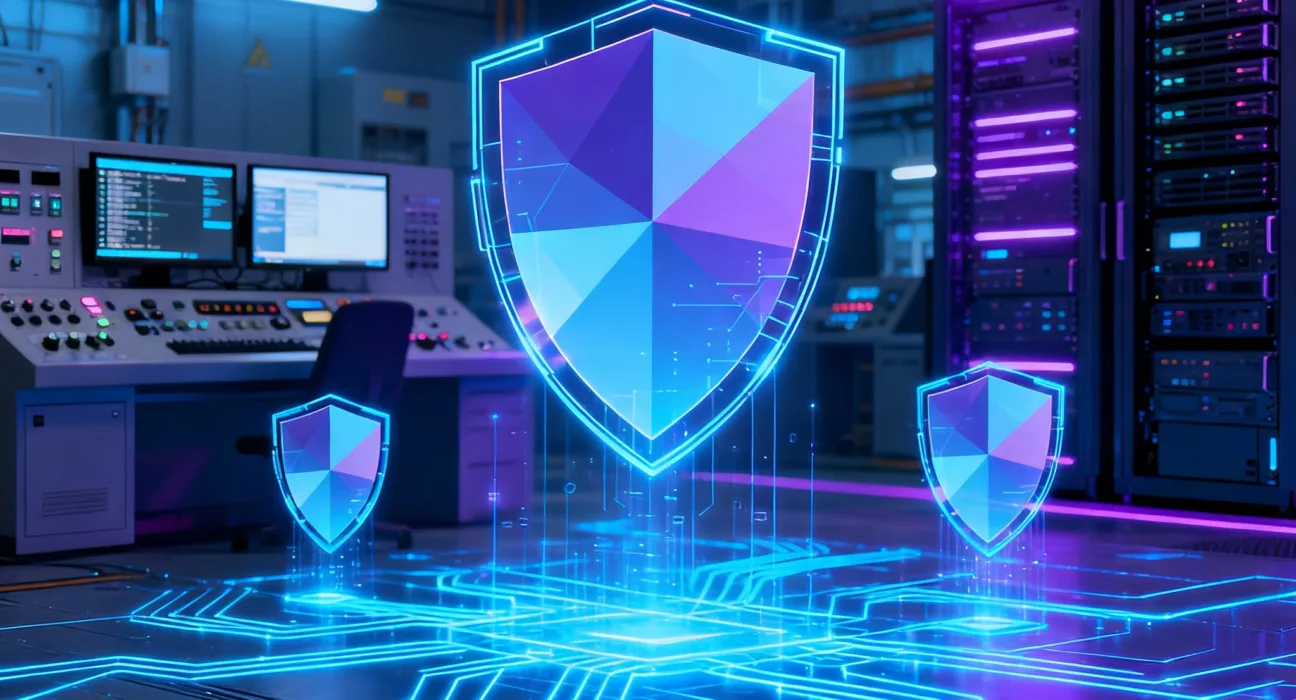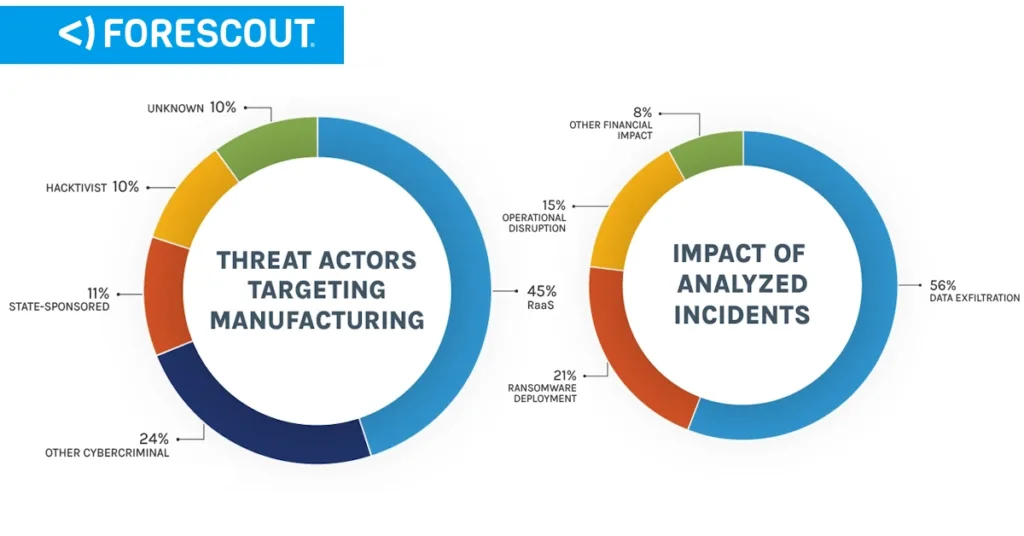CISA and UK NCSC Unveil Joint Cybersecurity Guidance to Fortify Operational Technology Systems Worldwide
- by WireUnwired Editorial Team
- 30 September 2025
- 2 minutes read

Operational Technology (OT) systems—the backbone of modern infrastructure like power grids, water utilities, and manufacturing plants—are under mounting threat from increasingly sophisticated cyberattacks. On September 29, 2025, the U.S. Cybersecurity and Infrastructure Security Agency (CISA) and the UK National Cyber Security Centre (NCSC) responded with a sweeping new set of recommendations designed to help organizations worldwide defend these critical assets.
The joint guidance offers actionable steps for OT risk management and incident response, marking a significant stride in cross-border cybersecurity collaboration. As attacks targeting OT environments have spiked—sometimes disrupting essential services—this move signals a new era of international coordination to guard digital and physical infrastructure.
Why OT Security Needs Urgent Attention
Unlike traditional IT systems, OT environments control physical processes and machinery. A breach can have consequences that extend far beyond data loss, potentially impacting safety and public services. Recent high-profile attacks on water systems and energy grids have underscored the urgency for robust, tailored defenses. According to CISA, OT systems “power everything from water systems and energy grids to manufacturing and transportation networks,” making their protection vital for national security and daily life.

Read Also: Ransomware Attack Paralyzes Major European Airports, Exposing Aviation Cybersecurity Gaps
Key Recommendations: Practical Steps for OT Owners and Operators
The new guidance distills best practices into straightforward actions. Organizations are urged to:
- Build and maintain an accurate OT asset inventory—know what devices, systems, and software exist in your environment to spot vulnerabilities and respond quickly to threats.
- Integrate security into procurement—choose OT products that prioritize “secure-by-demand” features, ensuring that new equipment is resilient by design (NCSC).
- Implement continuous network monitoring and alerting—persistent visibility helps detect anomalies and potential attacks before they escalate (IC3 Guidance).
- Strengthen access controls—use centralized identity management, multi-factor authentication, and regular reviews to limit unauthorized access.
- Segment networks—dividing OT networks into zones reduces the attack surface and confines breaches to isolated areas.
- Apply protocol breaks and content validation—these measures make it harder for attackers to exploit communication channels and inject malicious data.
Global Collaboration Sets a New Precedent
This guidance does more than outline technical steps—it represents a model for international cooperation. Cybersecurity experts have praised the initiative, noting that it sets a new benchmark for joint action against global cyber threats. The approach aligns with the Cross-Sector Cybersecurity Performance Goals, encouraging organizations to adopt these practices for improved resilience.
Read Also: Tesla’s Optimus Robot Raises New Security Concerns as Robotics Deployment Accelerates
Industry Reaction: Momentum for Change
Early responses from cybersecurity professionals reflect both relief and resolve. Many recognize the guidance as timely, especially in the wake of recent incidents that targeted critical infrastructure. The cross-national aspect is seen as especially powerful, with some experts suggesting it could inspire further alliances and harmonized standards across sectors and borders.
For organizations seeking to bolster their OT security posture, this guidance offers a practical roadmap—one that balances immediate action with long-term resilience. As the cyber threat landscape evolves, so too must the strategies to defend society’s most essential systems.
Want to stay in the loop on the latest cybersecurity developments and connect with other professionals? Join our WhatsApp community for real-time updates and discussion.
Sources:
Discover more from WireUnwired Research
Subscribe to get the latest posts sent to your email.









